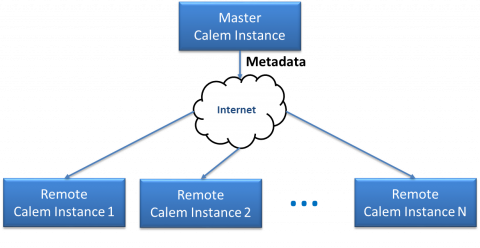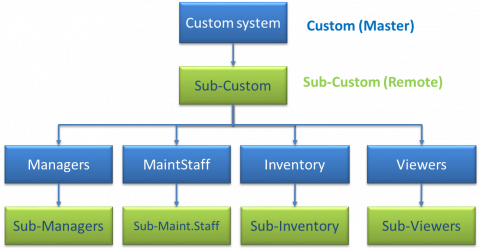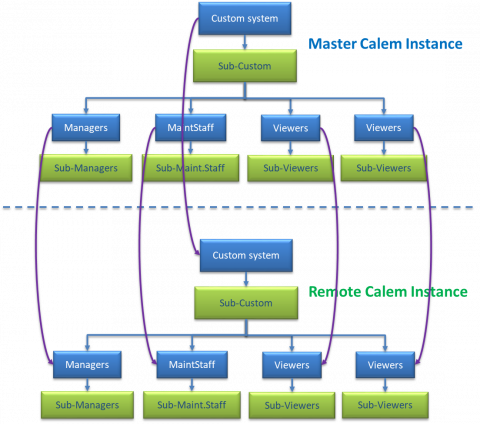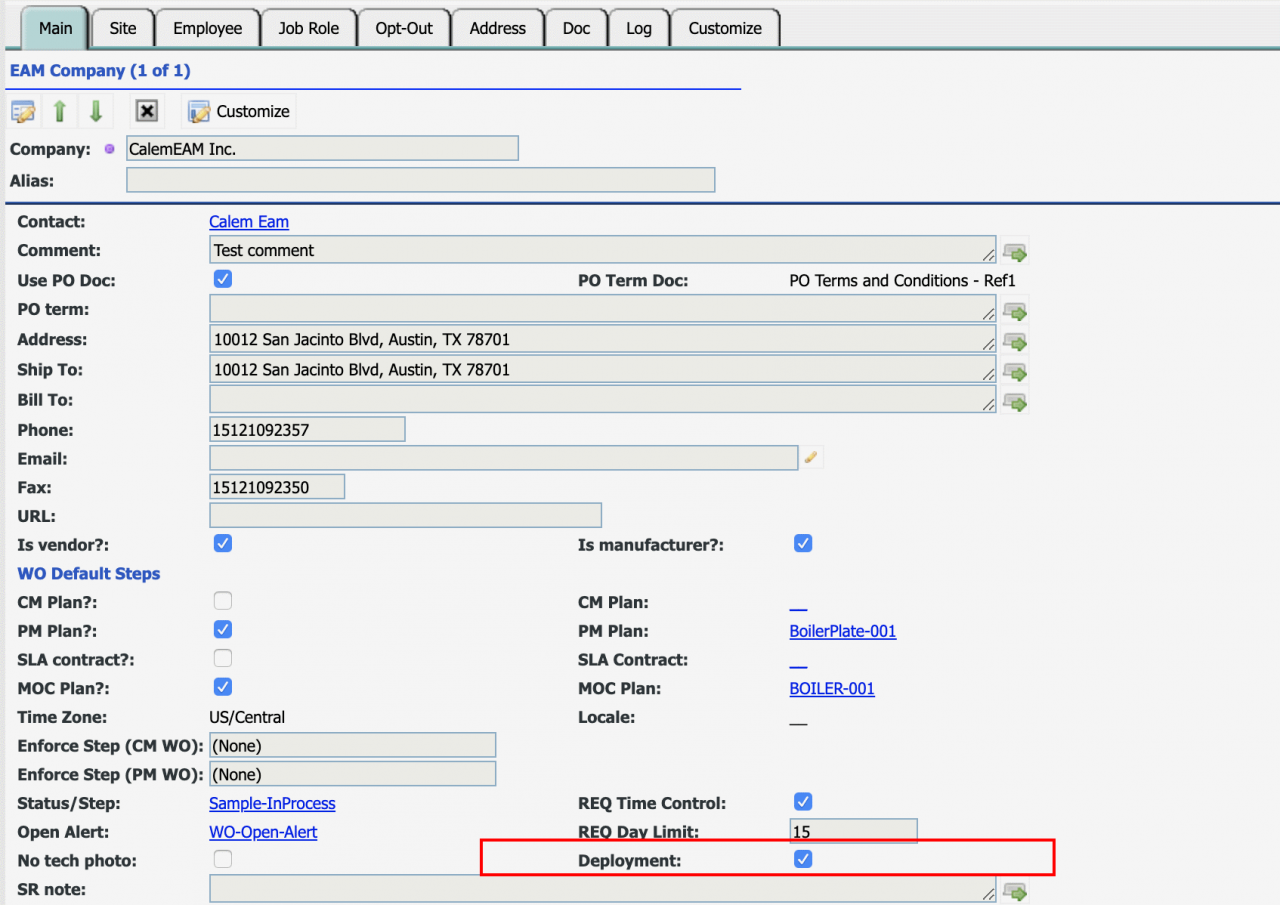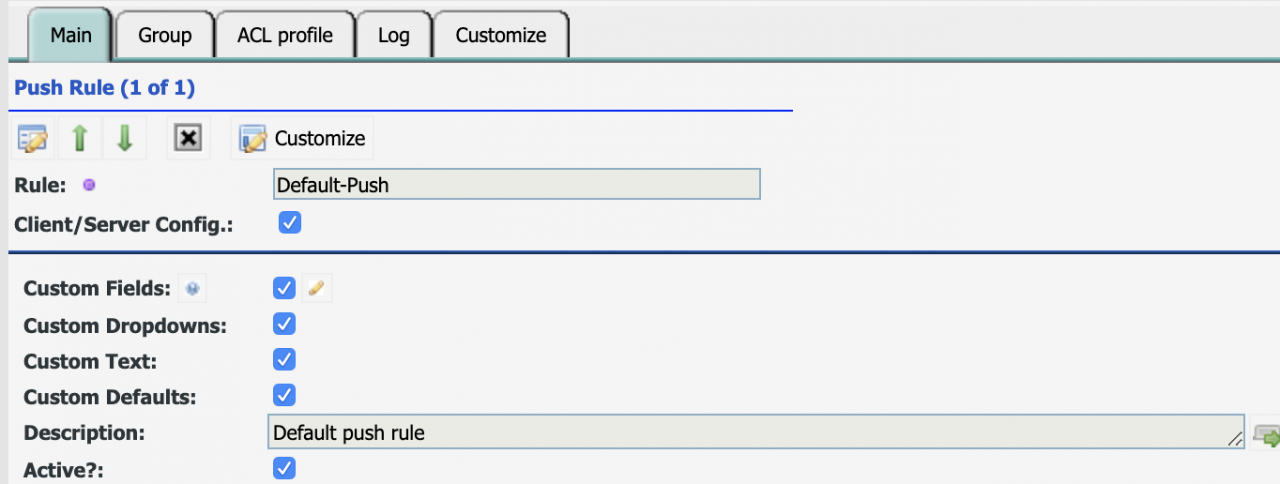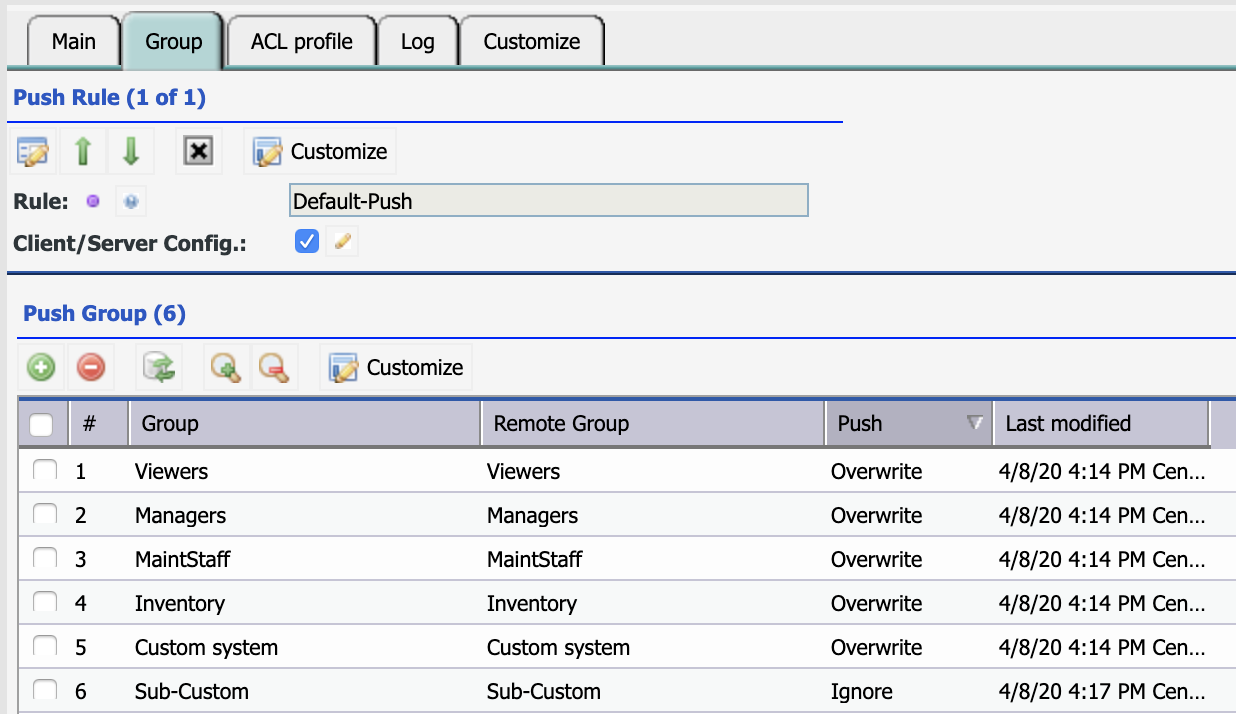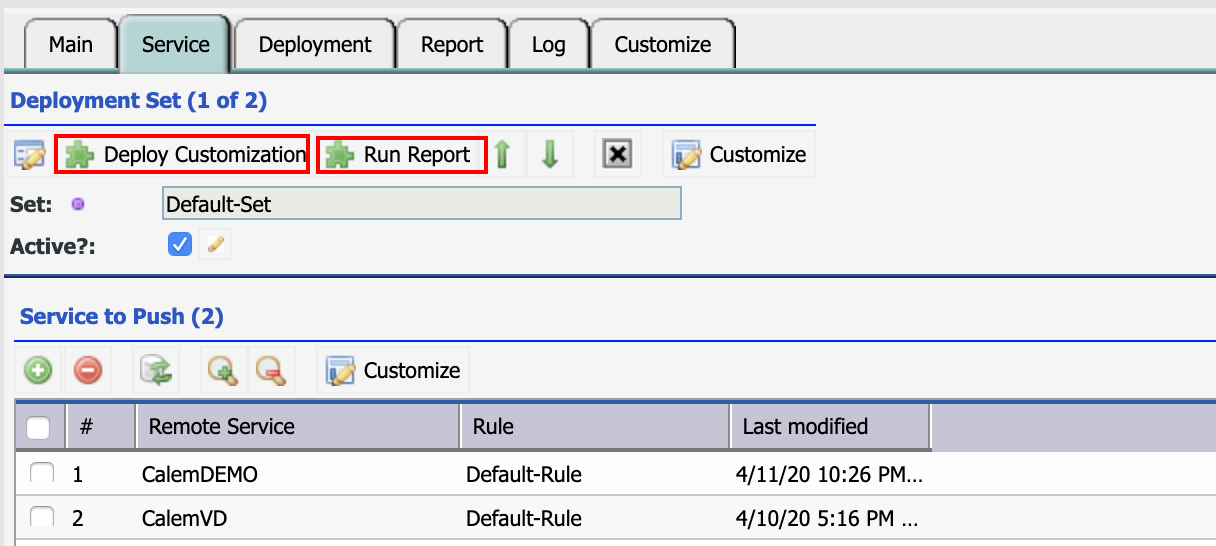Calem Blogs
When to Use the Deployment Tool for Multi-Services in Calem
The Deployment Tool for Multi-Services is available in the release R20b in April 2020. It simplifies the service management for organizations with many Calem cloud services.
1. Business CaseAn organization uses Calem Cloud Services for their external and internal customers. It is tedious and time consuming to set up the groups/roles, modules, and screens repetitively in each of the service instances. The Multi-Service Deployment Tool saves a lot of time in creating new services and keeping all services up to date.
A Calem service is designated as the master for common metadata based on the organizational requirements. For instance, the work order print must be the same layout across all Calem services.
When creating a new Calem service for a customer, an admin user populates the new service with pre-configured profiles, groups, custom fields and dropdowns from the master Calem service.
Metadata changes are made in the master Calem service and pushed to all other services. For instance, a new custom field has been added the work order print. The changes are performed in the master Calem service. They are then pushed to all Calem services of the organization.
2 Metadata in the Master Calem Service
Metadata is the configuration and customization of a Calem service. It does not include customer data. It is managed in the master Calem service. Some of it can be customized at remote Calem services.
3. Group Hierarchy
A group is a persona and represents a role of users. Calem groups support parent/child hierarchy so that a child group inherits its parent groups customization and can overwrite them. The group hierarchy enables the management of common customization at parent groups and flexibility at child groups.
- Groups managed at the master Calem service:
- Custom system: customized form and group layouts, and searches.
- Role-based group customization:
- Managers - customization for managers including form/report layouts, and modules accessible and menus per module.
- MaintStaff, Inventory, and viewers – customization for other roles
- Sub-groups managed at the remote Calem service. These groups can overwrite corresponding groups managed at the master Calem service.
- Sub-Custom: overwrites the customization of "Custom sytem".
- Sub-Managers: overwrites the customization of "Managers".
- Other sub-groups (Sub-MaintStaff, Sub-Inventory, Sub-Viewers) overwrite corresponding groups (MaintStaff, Inventory, Viewers) respectively.
4. Initial Deployment
A new Calem service can be efficiently configured by the Deployment Tool.
- Metadata are copied from Master Calem Instance to Remote.
- Groups are created in Remote Calem Instance
- Sub-Groups are created in Remote Calem Instance
5. Remote Service Update
All remote services can be updated to adapt to changes of business requirements.
- Metadata is pushed from Master to Remote
- Groups are updated by Master
- Sub-Groups are left unchanged
6. Remote Calem Services
Remote services are the ones to receive metadata push from the master Calem service.
- Remote Calem cloud service are provisioned by Calem with the latest release.
- Calem REST API is enabled in the service for the master Calem service
- Check "Deployment" flag to enable metadata deployment to this service at Organization | EAM Company. See screenshot below.
7. Remote Services at the Master Calem Service
Remote services are defined at the master Calem service:
- Menu path: Integration | Deployment Tool | Remote Service
- Calem REST API is used to push metadata to the remote services
8. Push Rule
A push rule defines how groups are pushed to remote services. They are configured at the master Calem service.
- Menu path: Integration | Deployment Tool | Push Rule
- Configure groups and remote groups to be deployed
- Configure profiles and remote profiles to push to
- The remote groups and profiles are found by names
- Groups managed at the master will overwrite changes in the remote services.
- Groups managed at remote services will be ignored if changes are made at the master Calem service.
9. Deployment Set
A deployment set allows one to push metadata to many remote services. For instance, you may define a test set with a single service in it for testing; and a set of all the remote services to push metadata changes.
- Menu path: Integration | Deployment Tool | Deployment Sets
- A set includes services and rules to deploy metadata from the master Calem service to remote services.
- One can launch metadata deployment by "Deploy Customization" menu
- Metadata is deployed to remote services in the set based on rules
- One can launch deployment report by "Run Report" menu
- A difference report is generated between master Calem service and each remote Calem service.
- This feature will be available in a future release.
10. Admin Guide
Customers of CalemEAM can get more information from Calem Enterprise Admin Guide about the Deployment Tool including process diagrams and description.
Additional resources
- Other blogs related to multiple cloud services in Calem
- User Guide and Admin Guide (customer account required)
- Calem Enterprise Training Site
- Calem Enterprise Blogs
- Calem Enterprise demo
By accepting you will be accessing a service provided by a third-party external to https://eam.calemeam.com/
